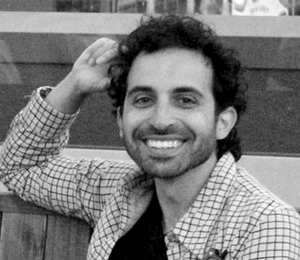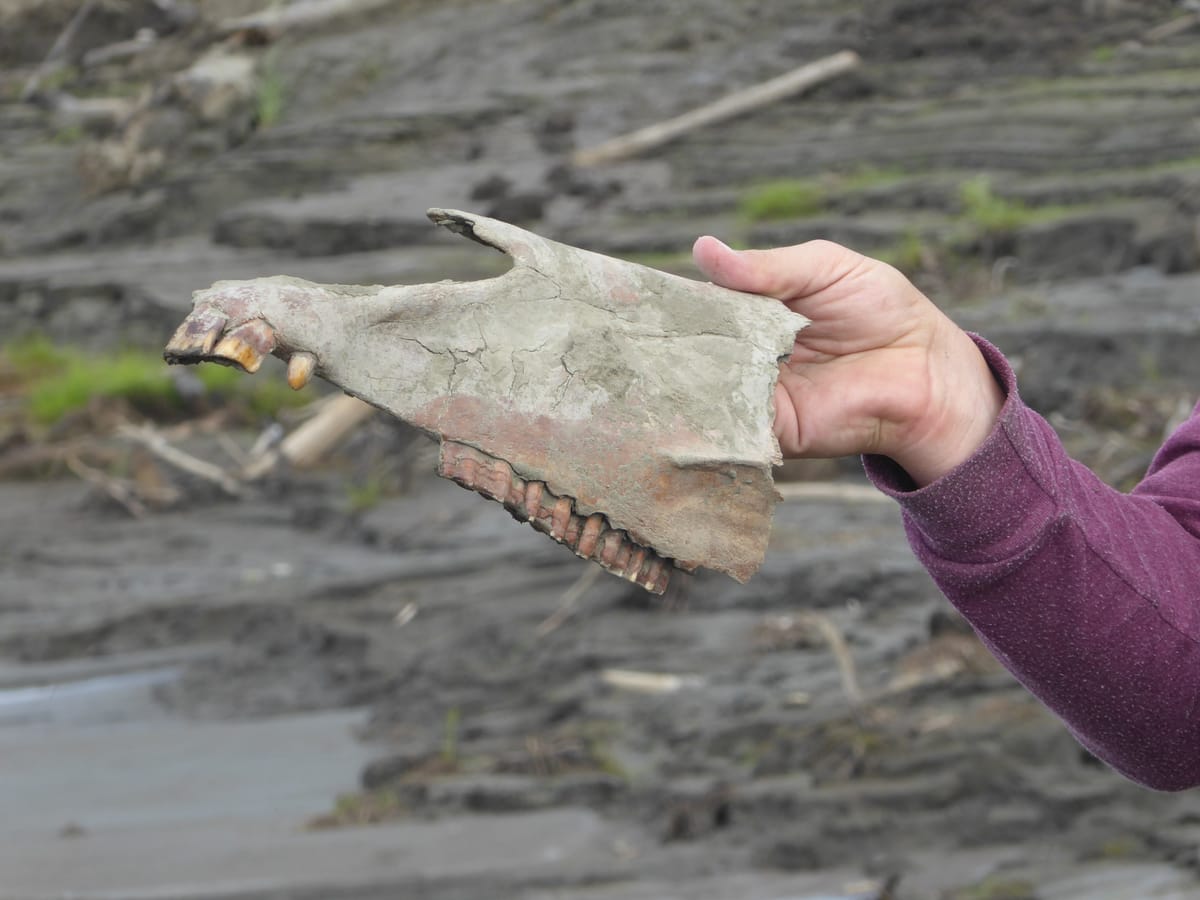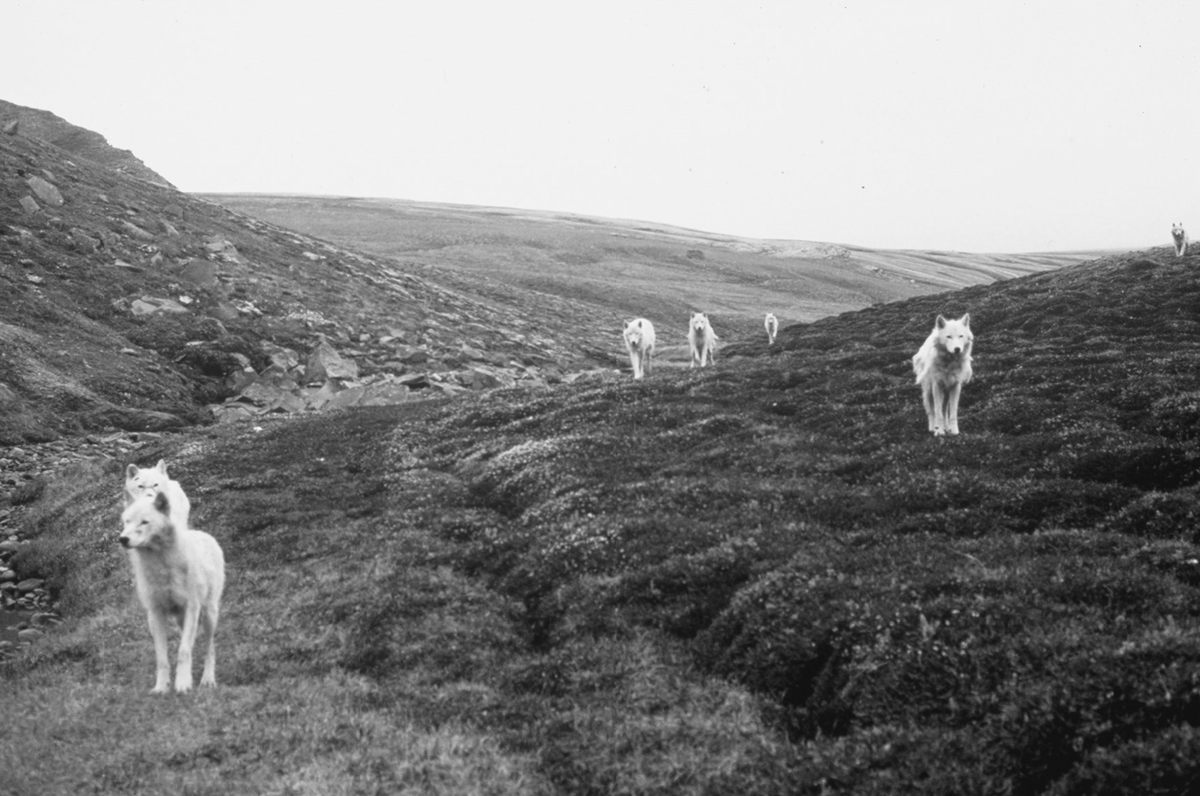In his debut book Becoming Earth, journalist Ferris Jabr travels to Northern Yakutia, part of Russian Siberia. He's there to speak with Russian scientists Nikita Zimov and Sergey Zimov about their work in Pleistocene Park: an experimental nature park seeking to re-create the northern subarctic steppe grassland ecosystem.
"The trip to Pleistocene Park in Siberia was quite an ordeal because, first of all, it takes a three full days just to get there from the West Coast of North America," Jabr told me. Needless to say, traveling there was only a small fraction of the
The following is an unedited, unpublished excerpt from Ferris Jabr's reporting diary:
JULY 21-22, 2019: EXPEDITION TO DUVANNY YAR
After breakfast, Nikita Zimov, Sergey Zimov, and I, along with two visiting scientists and three visiting filmmakers, began traveling by speedboat along the Kolyma River toward an area of exposed permafrost known as Duvanny Yar. I sat on a stack of life vests piled on cases of water bottles in the front of one boat, wedged between Nikita and a scientist.
The journey as a whole took about three hours. Around halfway there, we stopped at a small cabin owned by a fisherman named Leonid, a longtime friend of the Zimovs. A series of walkways comprised of wooden rungs and rubber mats wound their way through the grass and wildflowers surrounding the cabin. Two big fluffy white dogs, and a marbled gold-and-soot puppy, alternately lounged and trailed us. Inside, we lunched on roasted chicken, boiled potatoes, bread, sliced meats and cheese, cucumbers, and hardboiled eggs.

Shortly after leaving Leonid's cabin, Sergey's boat started to have engine trouble. The water pump appeared to be malfunctioning. We paused for a while so he could repair it. Despite this minor setback, we made it to Duvanny Yar in the late afternoon. The area consisted primarily of a wide and exceptionally muddy riverbank flanked by a long ridge of thawing and crumbling permafrost. Spindly larch trees and willows sprouted from the cliff’s surface. Large wedges of soiled ice were embedded in its face, resembling dirt at first glance, until the shifting light betrayed their glossy sheen and scalloped texture. Where chunks of ice completely melted, they left behind odd cones of soil. Rivers of mud ran down the slope of the ridge. Broken tree trunks and branches were piled everywhere, like debris after a landslide. Earth and ice continually broke away from the cliff, crashing thunderously to the ground and water like calving glaciers.
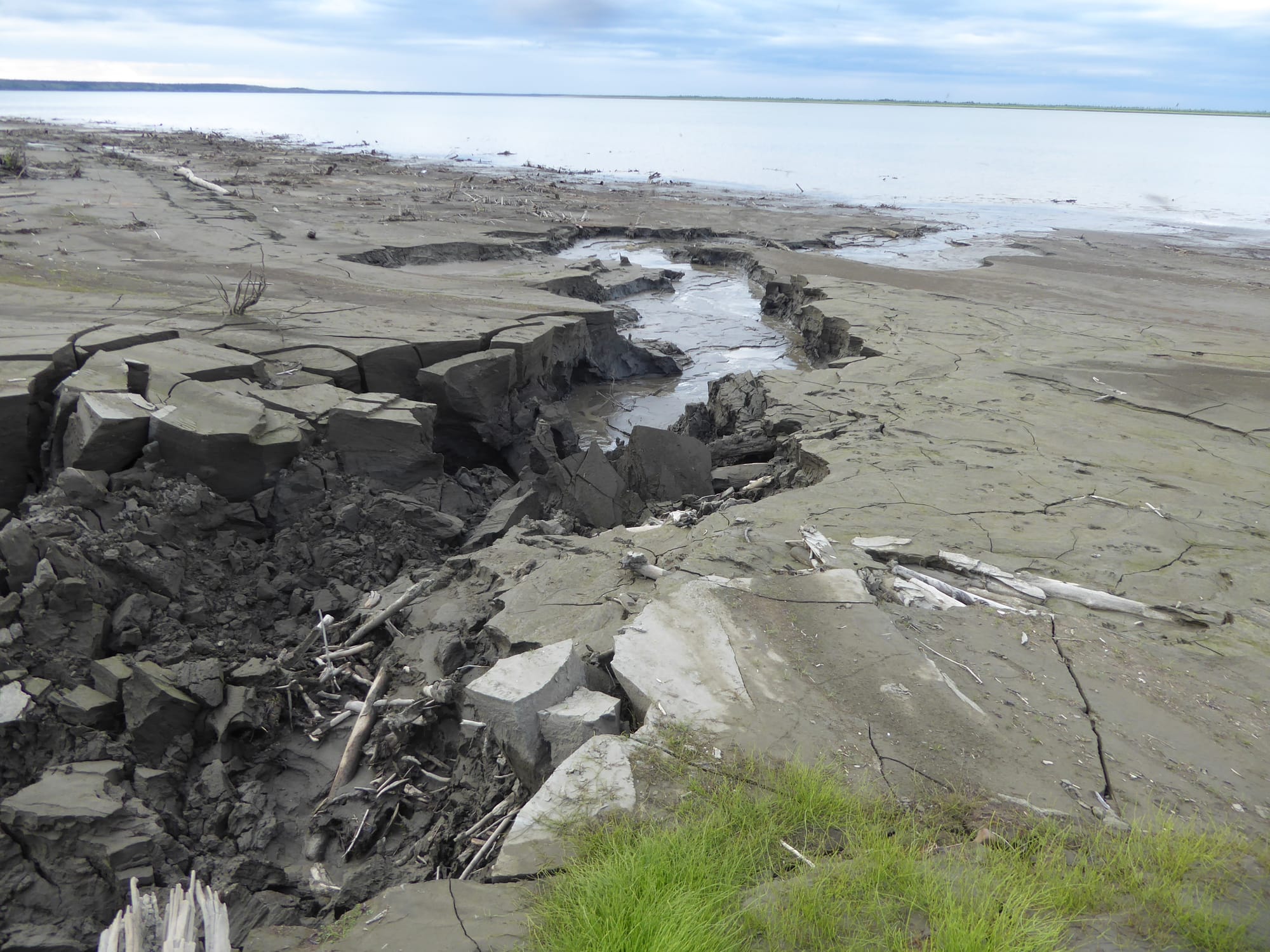
Near the edge of the Kolyma River, there was no solid ground: just thick, squelching, black and grey mud that threatened to engulf whatever entered it. In the Pleistocene, vast grasslands teeming with giant grazing animals had covered this entire region. The bones of those creatures—some of which had been dead for tens of thousands of years—were strewn within and across the mud, some revealing just a knob or shard of white, others completely exposed. These were not petrified fossils like those of dinosaurs in museums. They had not turned to stone. These were the actual bones of Pleistocene beasts, preserved in frozen soil for millennia. We found mammoth leg bones, the skulls of horses, wolves, and bison, and assorted femurs, patellas, and jaw bones. In my eagerness to get a closer look at one specimen, I ventured too close to the river’s edge and felt myself begin to sink. Panic started to flood my brain. The Zimovs had warned us that, should we get stuck, our only recourse was to spread ourselves as flat as possible and call for help. Already ankle-deep, I pulled my feet from the muck with all my might, somehow managing to half-hop, half-trundle my way to safety.
After a few moments to recover and compose myself, two companions and I continued walking along the shore—this time, much further from the water—and exploring the cliff, photographing bones and exposed permafrost. In one area, we found an entirely intact juvenile wolf skull and a giant bison skull with the horns still attached. Meanwhile, the filmmakers continued to work on their documentary. As evening approached, Nikita made a fire by dousing a branch in fuel and sparking it against the boat engine battery. Filming took so long that we stayed in the region much longer than anticipated, until about 10PM.
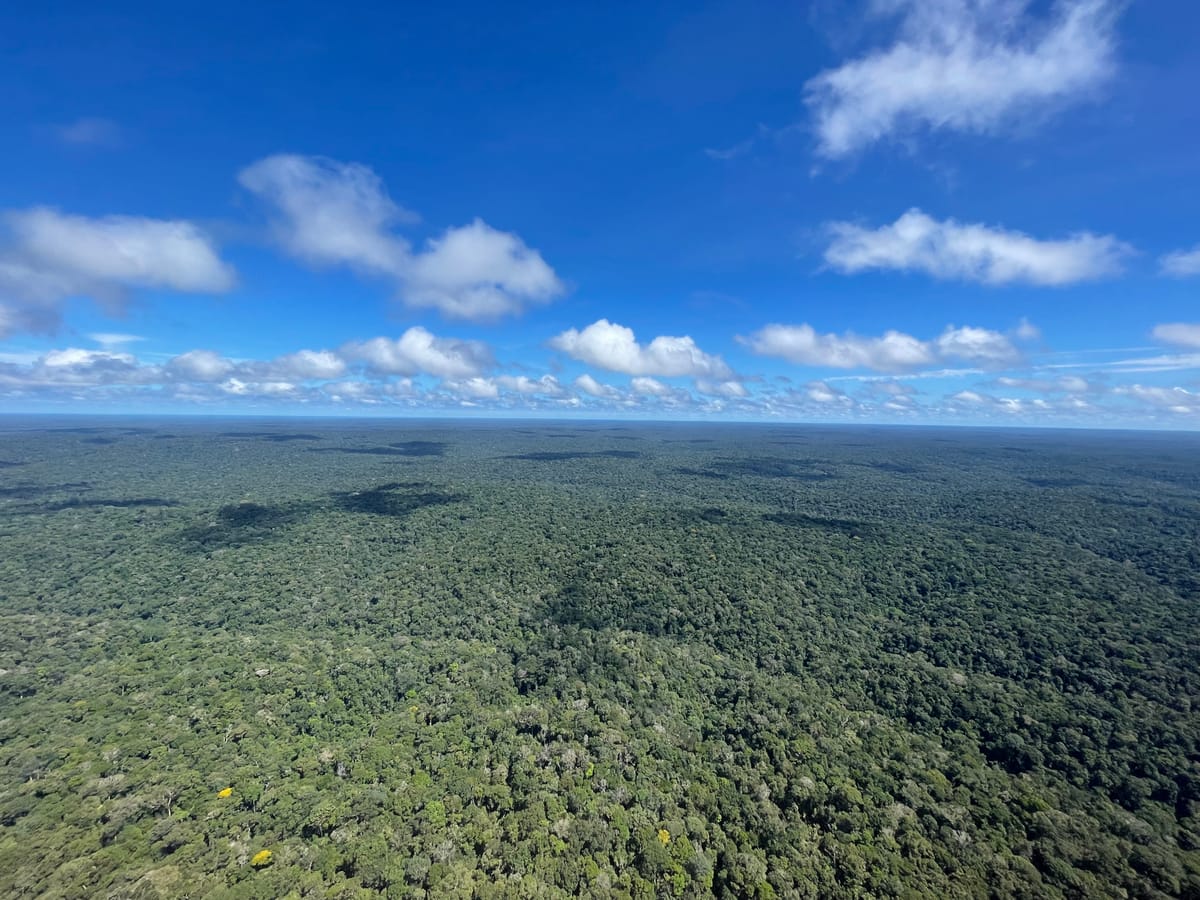
On the way back, we stopped at Leonid's again for dinner and, due to stormy weather, decided to stay the night, sleeping on benches or on the floor, wherever we could find an available space. The next morning, the weather was even worse. We spent many hours on choppy water in frigid conditions, pelted by rain and ice, journeying along the Kolyma River back to the research station. At one point, I became terrifyingly aware of just how isolated we were out there. I worried we might capsize and disappear without anyone knowing what had happened. But as usual the Zimovs were unfazed and undeterred. Everyone made it back safely, a bit damp and tired, but with eyes newly opened to the world’s hidden layers.

